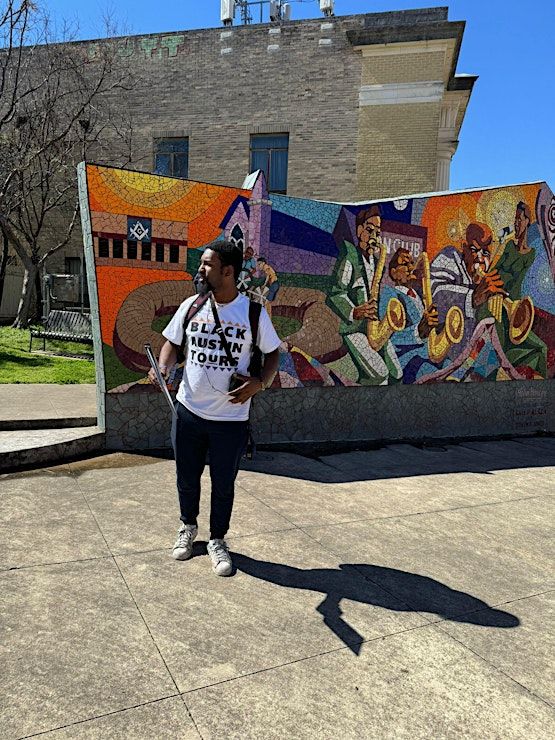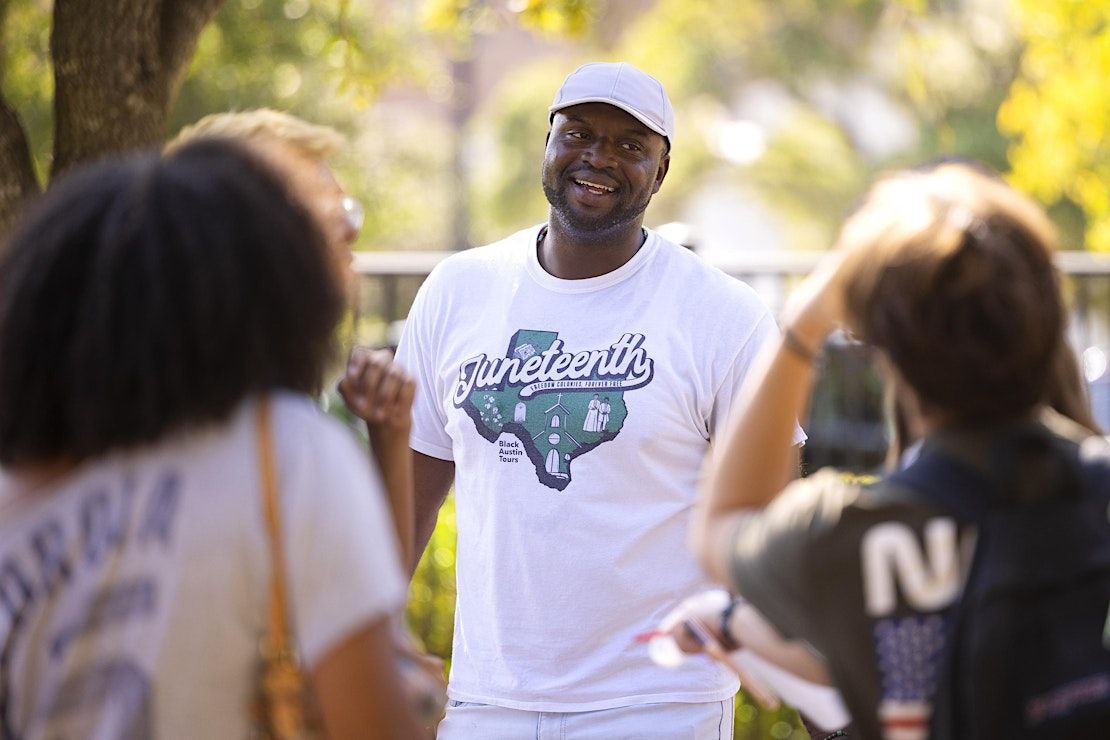
About this Event
The Texas State Capitol Building & Complex - This building was completed in 1888. At its completion it was one of the tallest buildings in the world. However, what is often omitted from this building’s history is the large number of incarcerated Black men and women that were forced through “convict-leasing” to mine for the materials and construct the edifice. Here we will contextualize Texas’ African history from Spanish colonial times through the present. We will set the stage for “King Cotton” and Austin’s prominence as a cotton production and manufacturing hub.
Wooldridge Square - This park/square dates back to the Waller Plan of 1839, which plotted the city. Wooldridge Square was one of the original four squares in the city. Over time, this square saw the construction of many of Austin’s first Black churches, schools and social institutions. Booker T. Washington gave a monomentual speech here in 1911. Here we will discuss the origins of Austin’s Black community post-enslavement and the role African-Americans played in the development of the state and city.
Heman Marion Sweatt Travis County Court - This courthouse which is adjacent to Wooldridge Square provides a great window into Austin’s role in maintaining Jim Crow racial segregation in the U.S. In 1946, during Sweatt v. Painter, the State of Texas upheld racial segregationist policies, which barred African-Americans admission to The University of Texas at Austin. Thurgood Marshall argued this case in Austin. Here we will discuss the role African-Americans have played in the Civil Rights Movement at the local, state and national levels.
Congress Avenue & Austin's role in the cotton industry - strolling through Austin’s downtown streets we will discuss Austin’s role in the cotton industry. We will also discuss Black life in the City of Austin. We will discuss self-emancipating Africans seeking freedom in Mexico. Attention will be paid to Congress Avenue and point to sites where enslavement happened and the wealth generated by a minority through cotton production in the region. We will discuss the sit-ins that took place in the 1960s on Congress Avenue’s lunch counters and stores.
Sixth Street Black Business District History - The tour will end on Austin’s most famous street, Sixth Street. Before 6th Street was the anchor of the “Live Music Capitol of the World '' it was the hub of African-American commerce. Here we will discuss what business was life for Black business people and patrons. Here we will also discuss the creation of the Negro Disctrict in 1928, which displaced Black residents from coveted downtown spaces. Blacks were displaced to east Austin.



Event Venue & Nearby Stays
Texas State Capitol, 1100 Congress St, Austin, United States
USD 54.13
